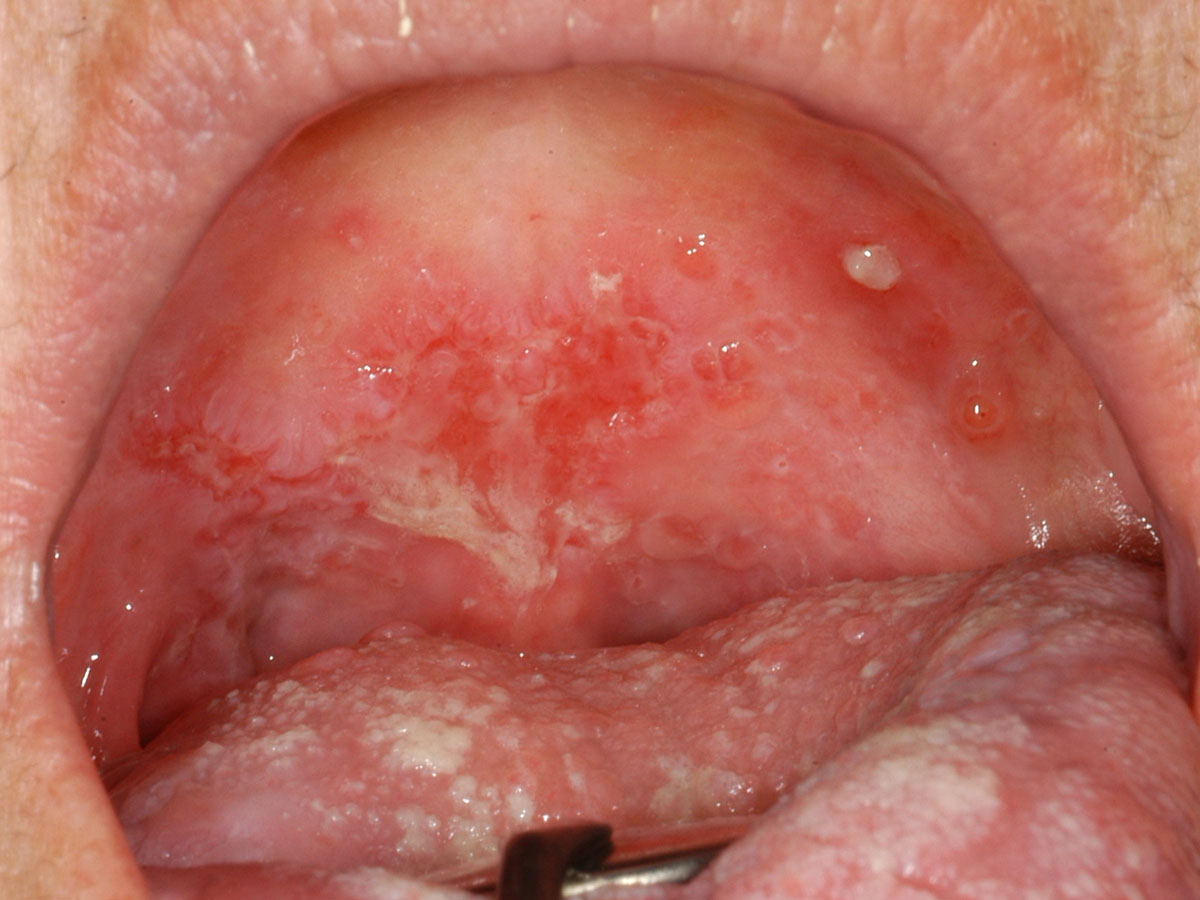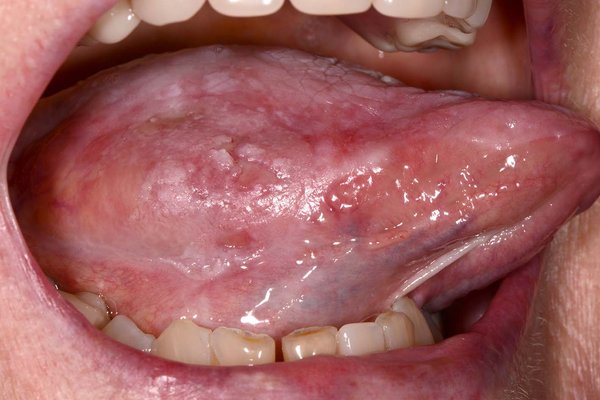Oral Lesions
Oral lesions refer to abnormalities or sores that appear in the mouth, including the lips, cheeks, tongue, and gums. They can be caused by various factors, ranging from minor irritations to serious health conditions. Understanding oral lesions is crucial for early diagnosis and treatment.
Symptoms of Oral Lesions
Oral lesions present with a variety of symptoms, depending on their type and cause. Common symptoms include:
Pain or discomfort – Some lesions can be painful, especially when eating or drinking.
Red or white patches – Discoloration in the affected area.
Swelling – The lesion might cause the surrounding tissue to swell.
Ulcers or sores – Open wounds that may be persistent.
Burning or tingling sensation – Often occurs before the lesion fully develops.
Difficulty swallowing or speaking – In severe cases, lesions can make it hard to eat or talk.
Causes of Oral Lesions
There are many possible causes of oral lesions, including:
1. Infections:
Viral infections like herpes simplex virus (cold sores).
Fungal infections such as oral thrush (caused by Candida).
Bacterial infections like syphilis or tuberculosis.
2. Trauma or Irritation:
Biting the cheek, tongue, or lips.
Braces, dentures, or sharp teeth causing irritation.
Burns from hot foods or beverages.
3. Autoimmune Disorders:
Conditions like lichen planus, pemphigus vulgaris, and lupus can cause oral lesions.
4. Nutritional Deficiencies:
Lack of vitamins such as B12, iron, and folic acid can contribute to mouth sores.
5. Cancerous Lesions:
Oral cancer may present as persistent sores or white/red patches.
6. Allergic Reactions:
Allergies to certain foods, medications, or dental products can cause lesions.
7. Hormonal Changes:
Hormonal fluctuations, especially in women, may lead to oral lesions.
Types of Oral Lesions
Oral lesions can be classified into different categories based on their cause and appearance:
1. Ulcerative Lesions

These are open sores in the mouth, often painful. Examples include:
Aphthous ulcers (Canker sores): Small, round, and white ulcers with a red border.
Traumatic ulcers: Caused by physical injury, such as biting or sharp objects.
2. Infectious Lesions

Caused by microorganisms such as viruses, bacteria, and fungi:
Herpes Simplex Virus (HSV): Causes cold sores or fever blisters.
Oral thrush: White, creamy patches due to fungal infection.
Syphilitic ulcers: Caused by syphilis and may appear as painless sores.
3. White and Red Lesions
Lesions that appear as patches in the mouth:
Leukoplakia: White patches that can be precancerous.
Erythroplakia: Red patches that are at higher risk of being cancerous.
4. Vesiculobullous Lesions

Characterized by fluid-filled blisters:
Pemphigus Vulgaris: An autoimmune disease causing painful blisters.
Erythema Multiforme: A severe allergic reaction that can cause blisters in the mouth.
5. Cancerous Lesions

Some persistent lesions may indicate oral cancer. They often appear as:
Non-healing ulcers
Lumps or thickening of tissue
White or red patches that do not go away
Treatment of Oral Lesions
Treatment depends on the cause of the lesion:
1. Home Remedies for Minor Lesions:
Rinse with salt water to reduce inflammation.
Apply honey or aloe vera for soothing effects.
Avoid spicy, acidic, and rough foods.
2. Medications for Infections:
Antiviral drugs for herpes (e.g., acyclovir).
Antifungal medications for oral thrush (e.g., fluconazole, nystatin).
Antibiotics for bacterial infections if necessary.
3. Pain Management:
Over-the-counter pain relievers like ibuprofen or acetaminophen.
Topical anesthetics like benzocaine gels.
4. Treatment for Autoimmune Disorders:
Corticosteroids to reduce inflammation (e.g., prednisone).
Immunosuppressants in severe cases.
5. Removal of Cancerous Lesions:
Surgery, radiation therapy, or chemotherapy for oral cancer.
6. Nutritional Supplements:
If lesions are due to deficiencies, taking vitamins (B12, folic acid, iron) can help.
When to See a Doctor?
You should seek medical attention if:
The lesion lasts more than two weeks.
It is extremely painful or recurrent.
You notice lumps, thick patches, or bleeding.
There are signs of infection like fever or pus.
The lesion makes it hard to eat, drink, or talk.
Conclusion
Oral lesions can be caused by various factors, from simple irritation to serious diseases like cancer. While some resolve on their own, others require medical attention. Early diagnosis and proper treatment can prevent complications and ensure good oral health. If you have a persistent oral lesion, consulting a healthcare professional is essential.

